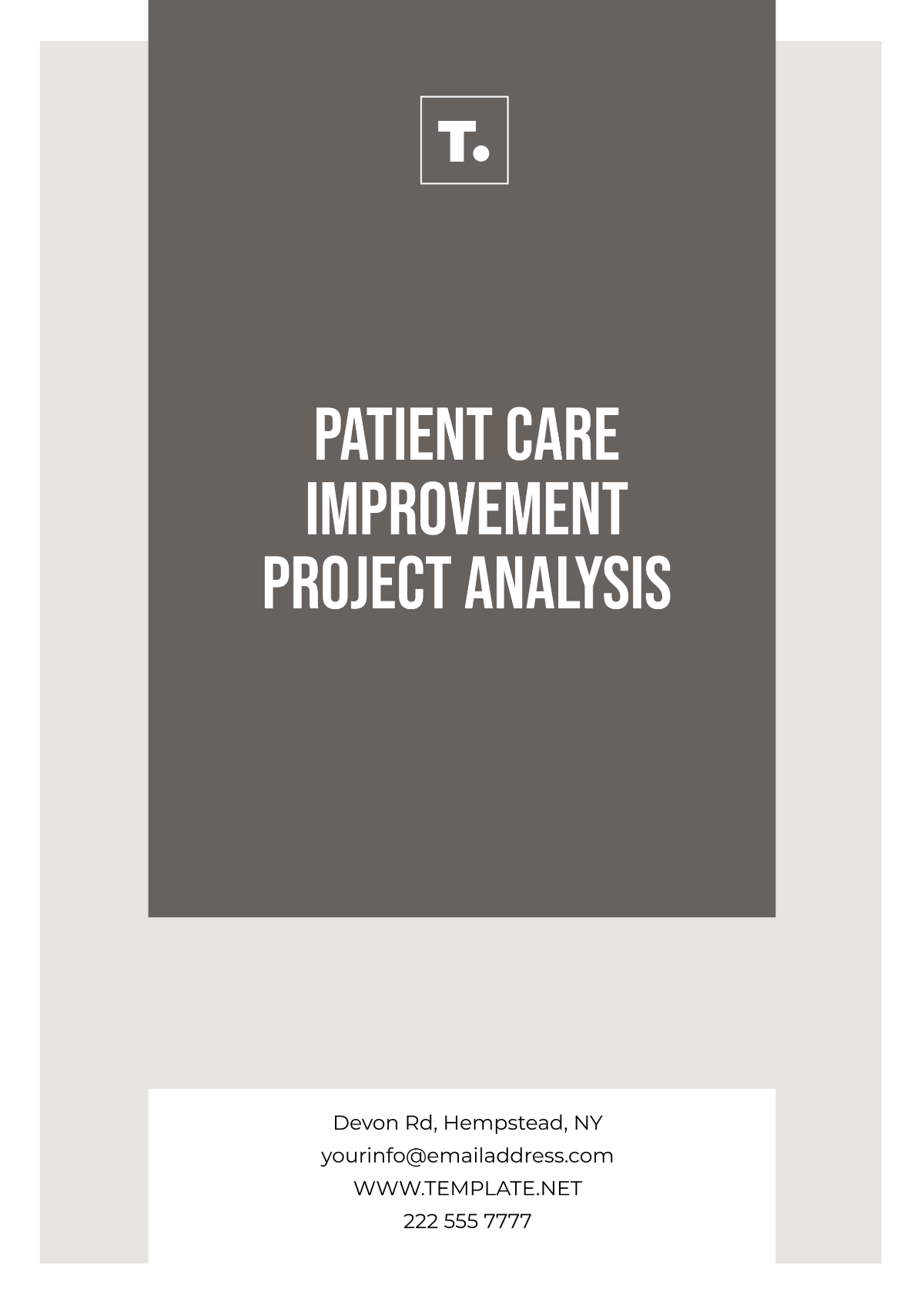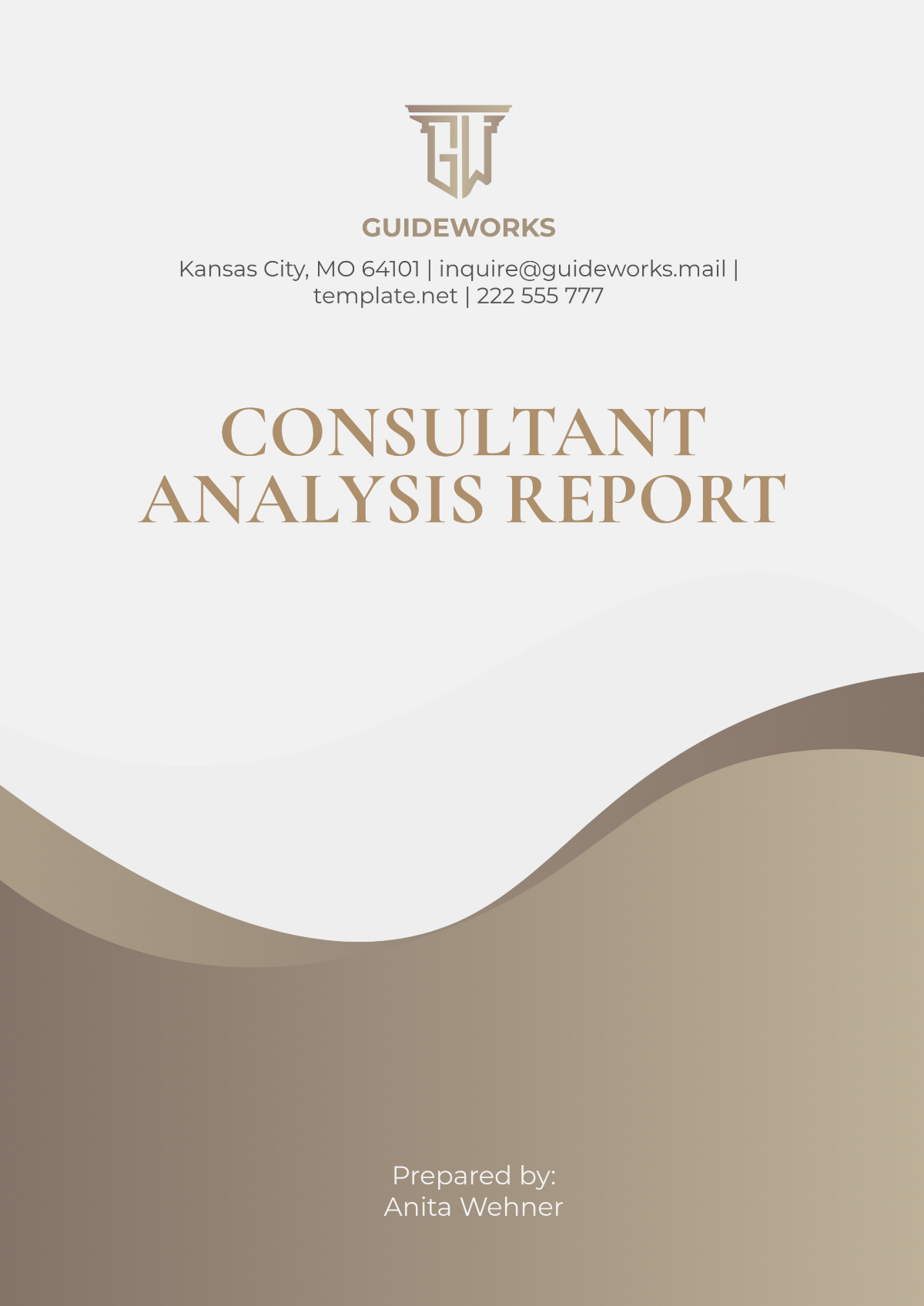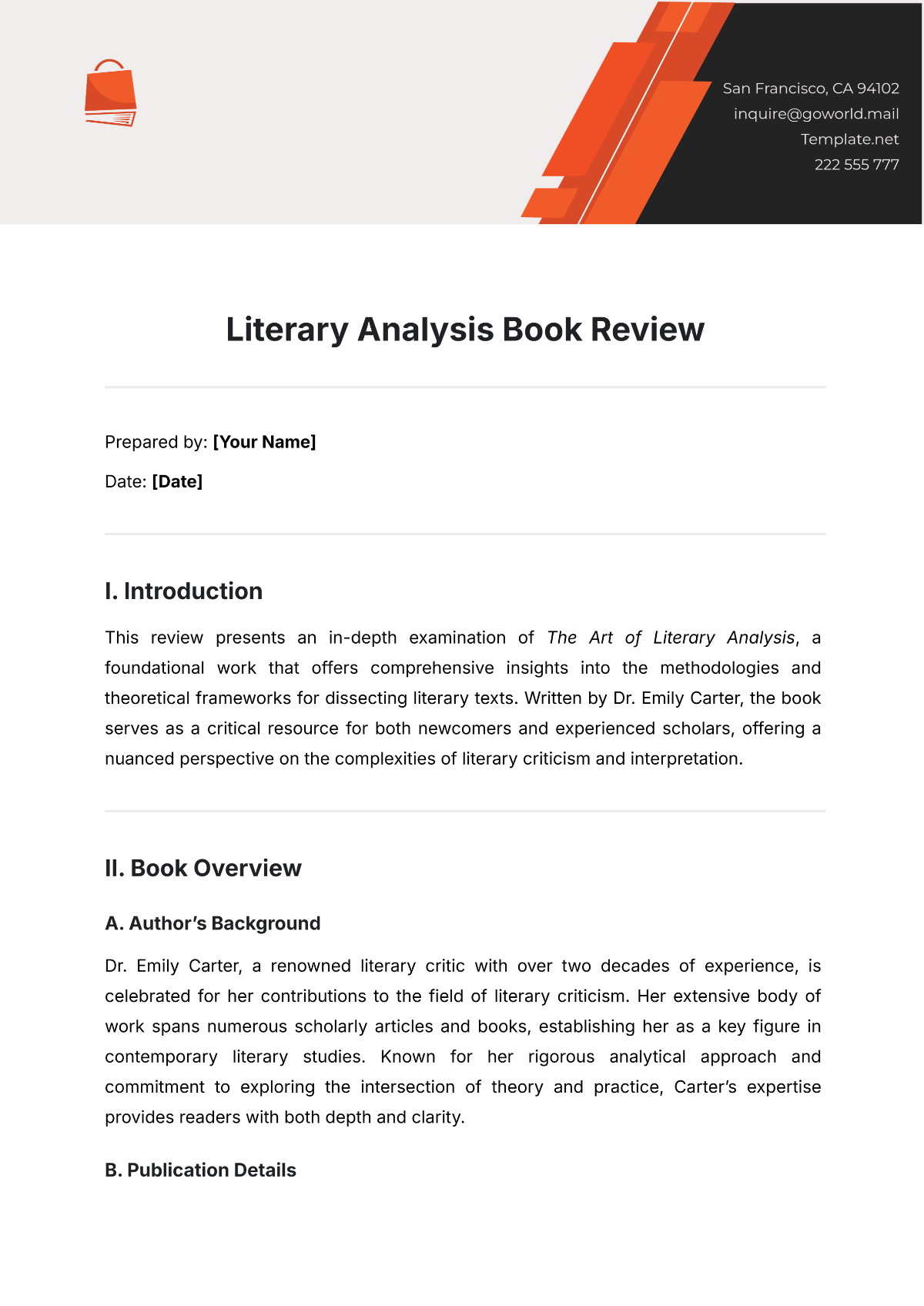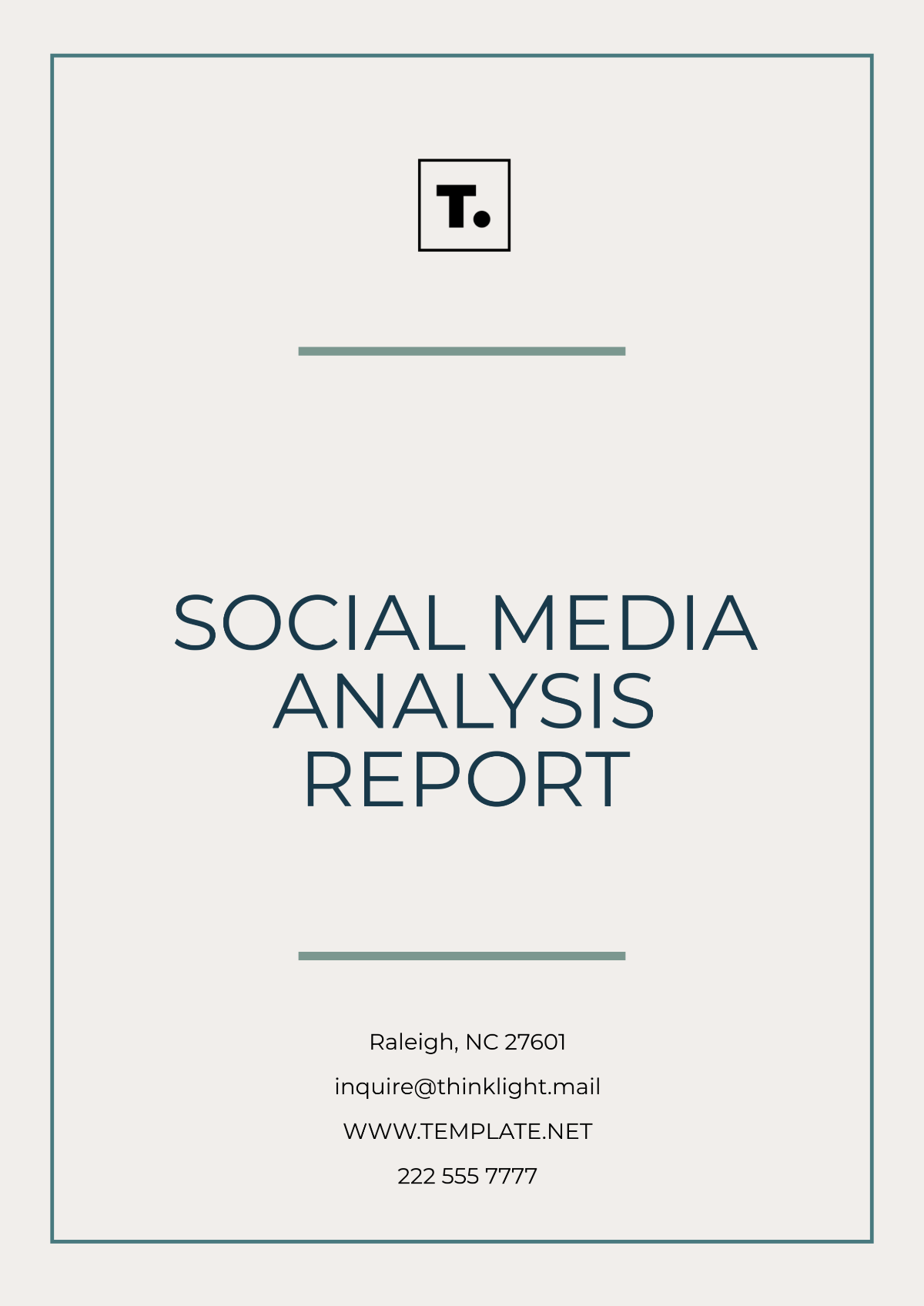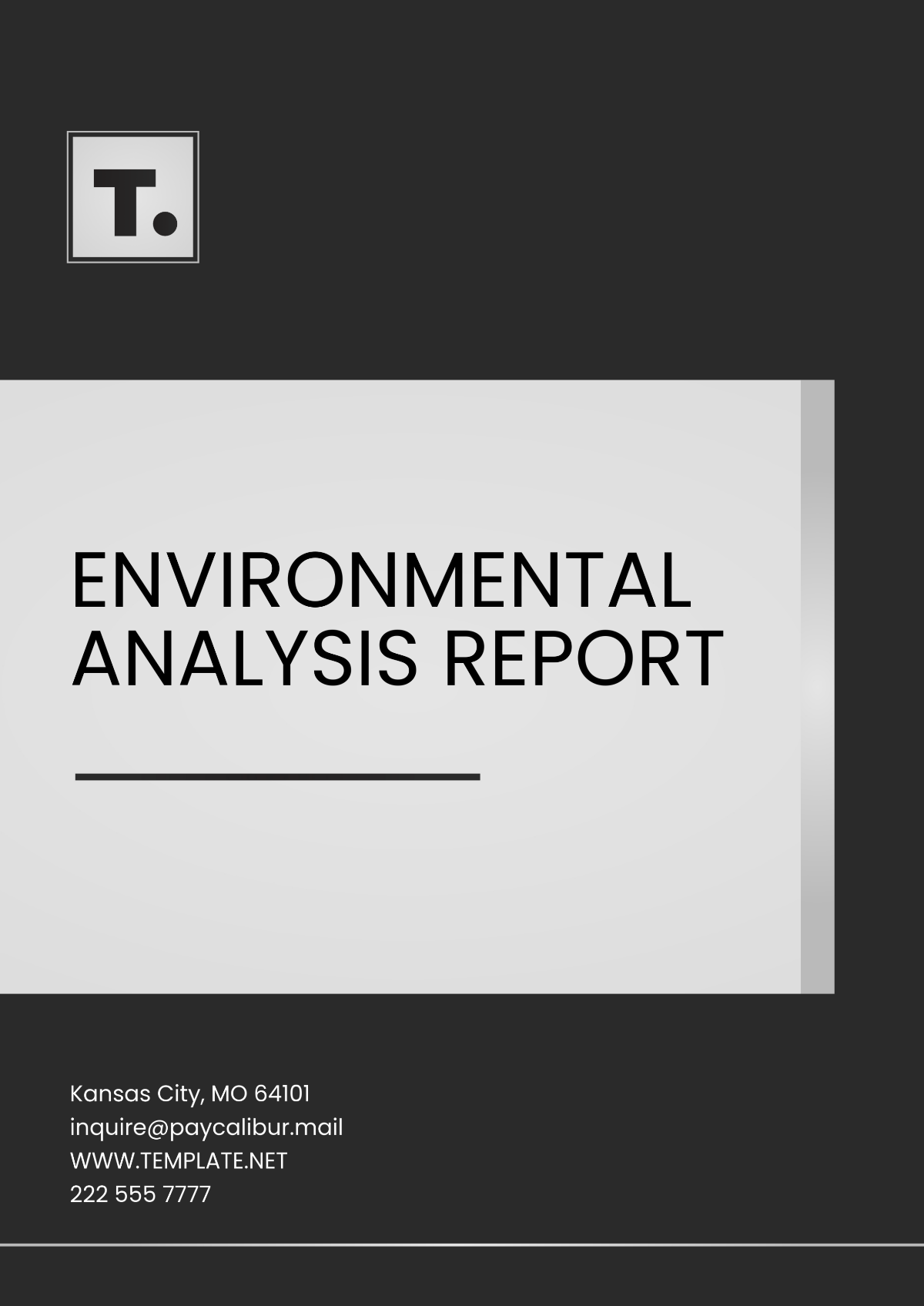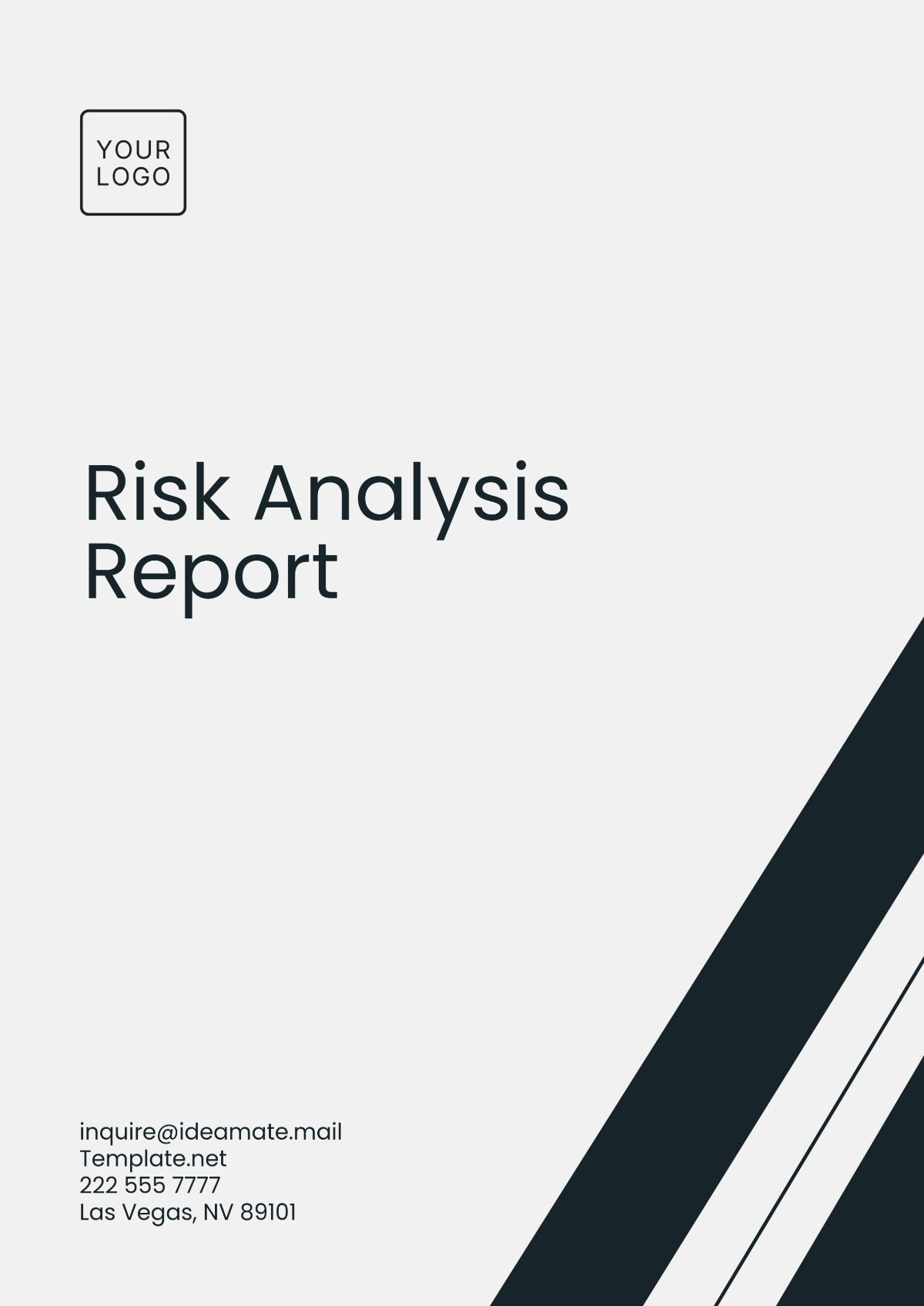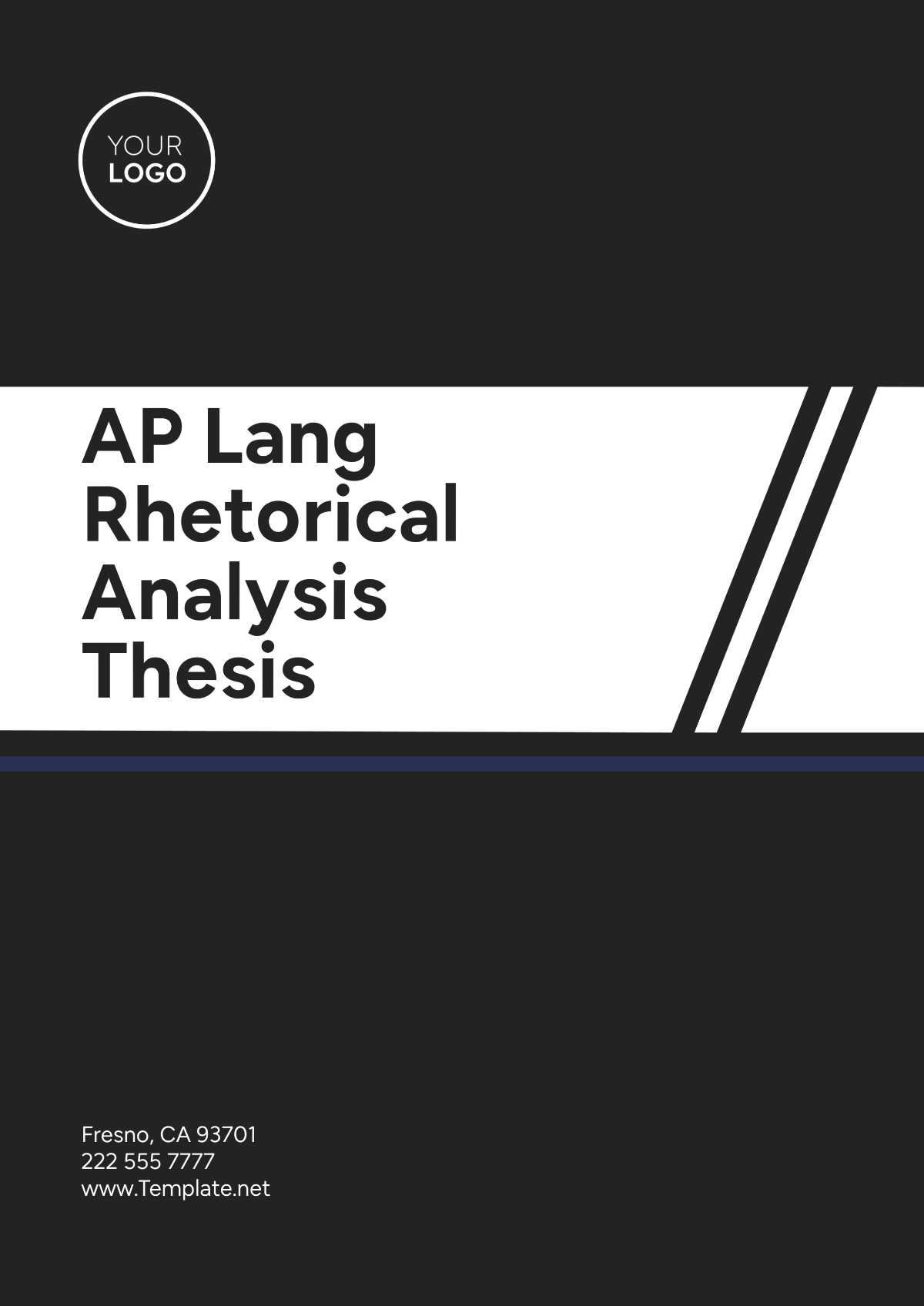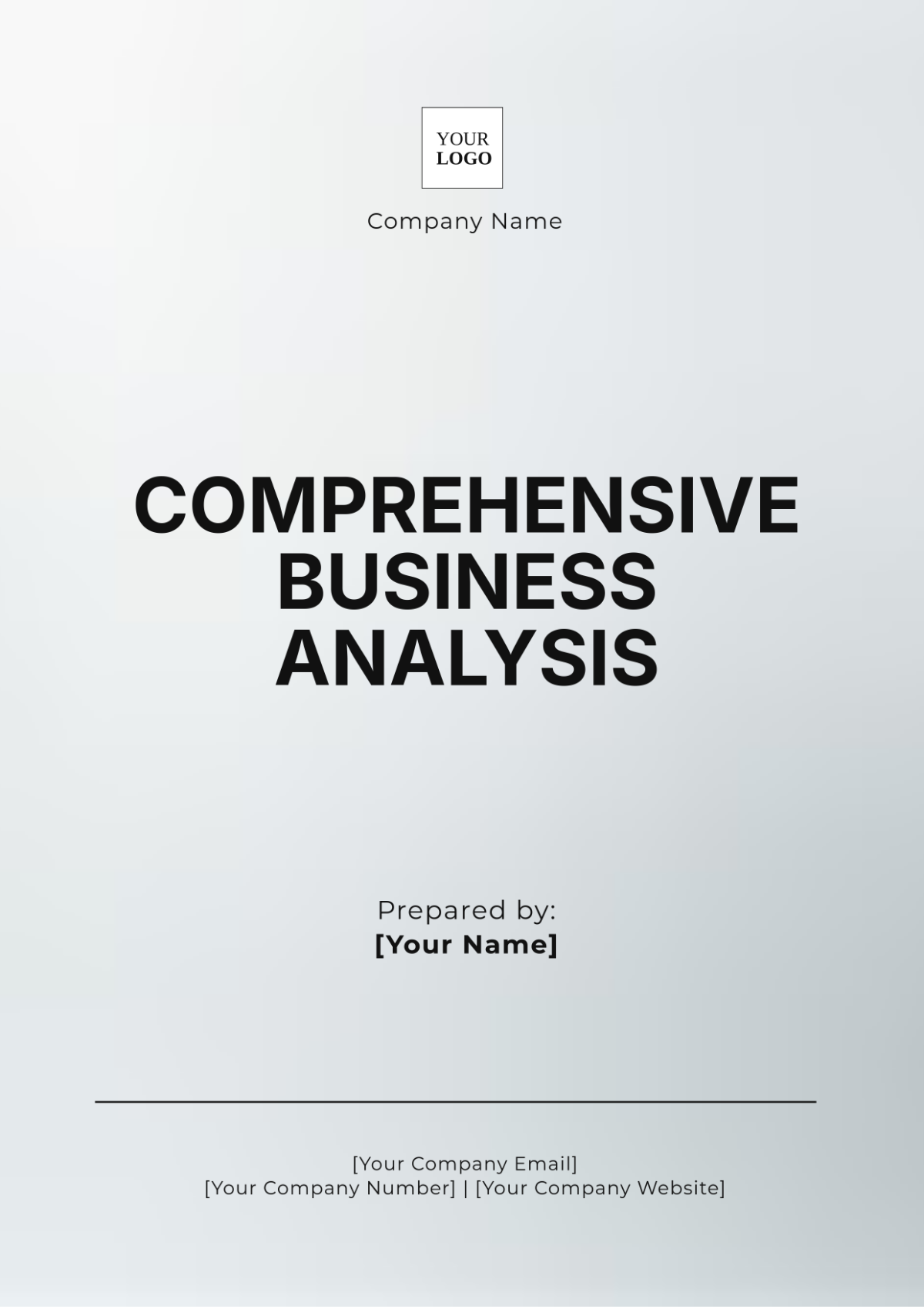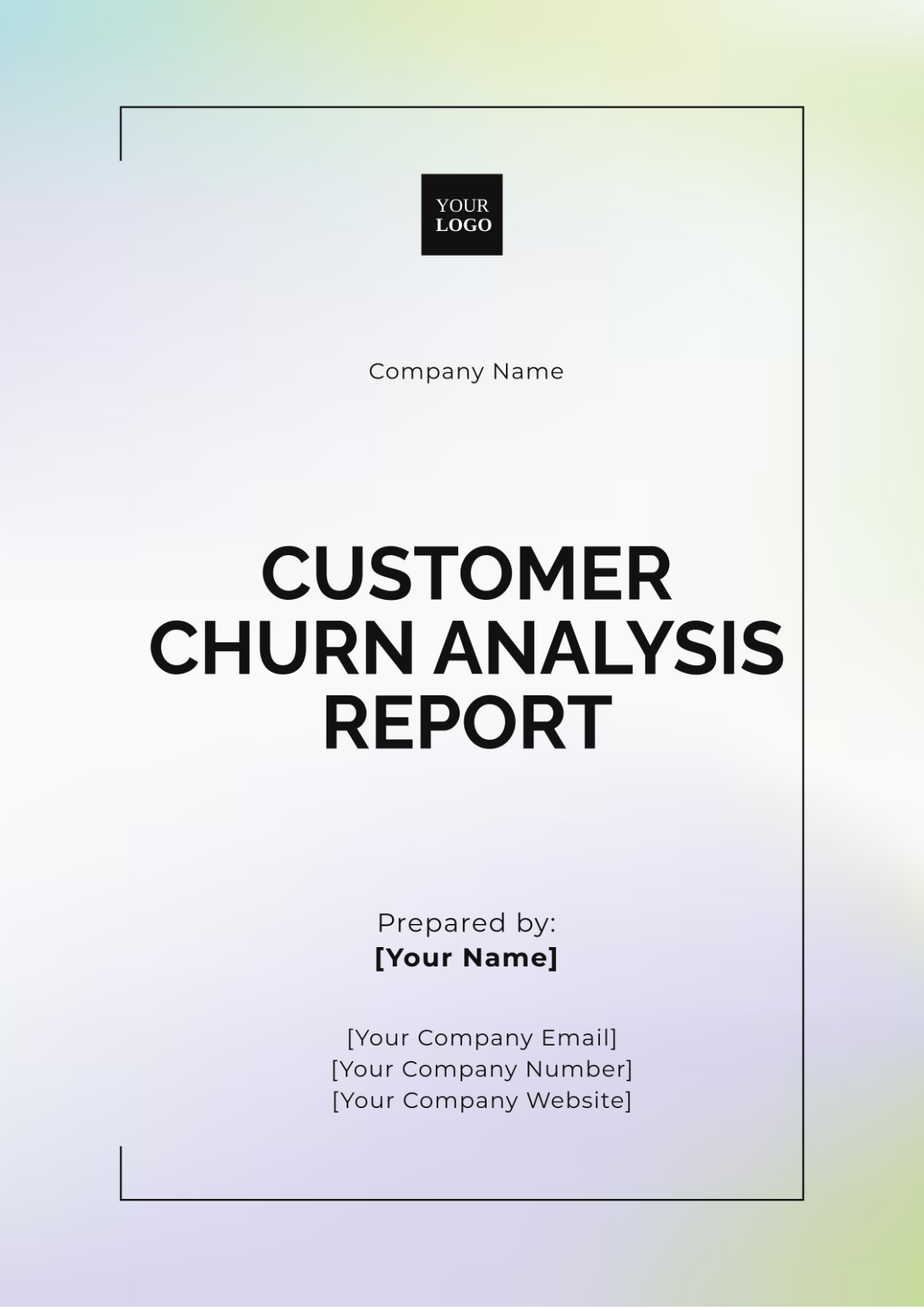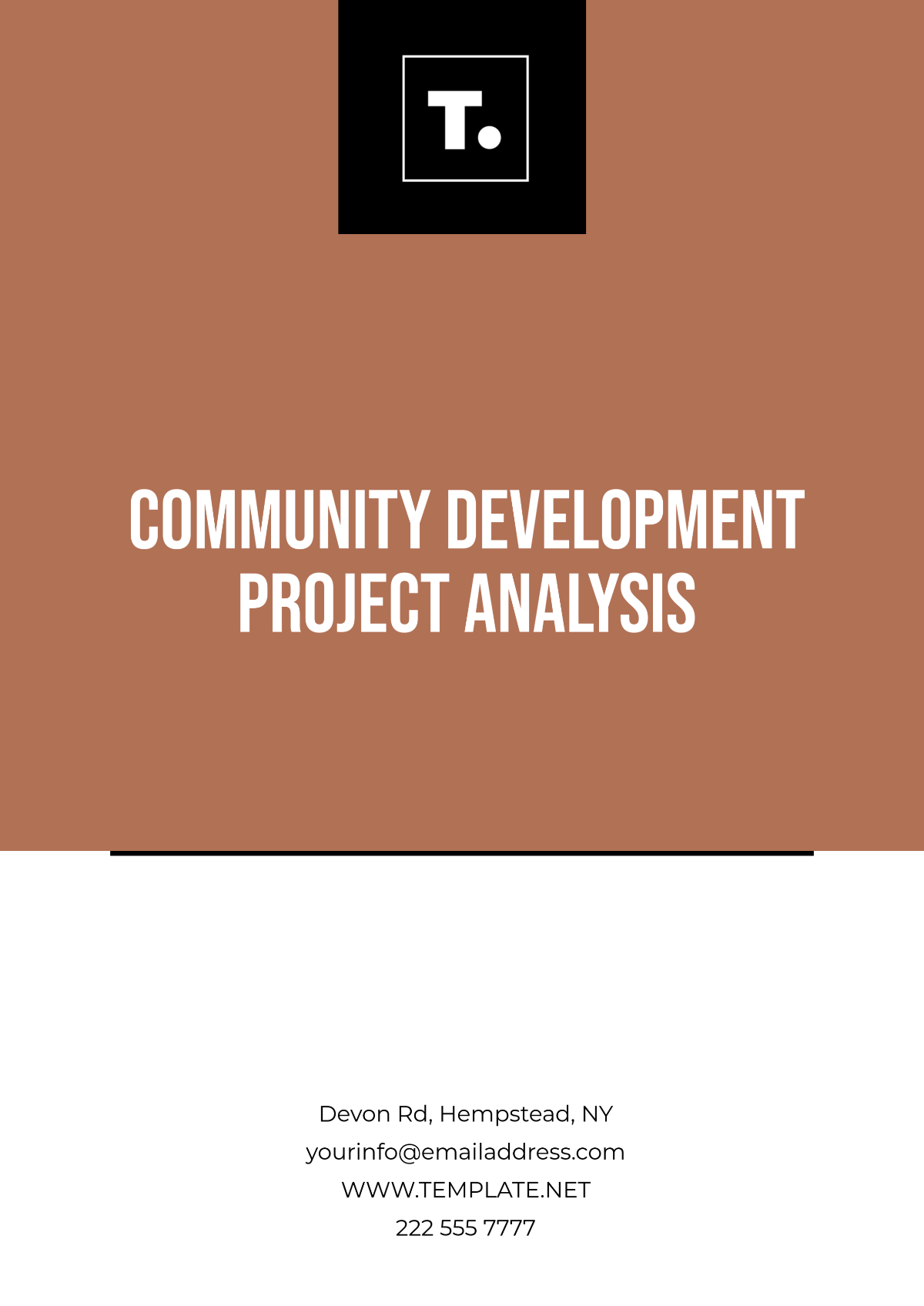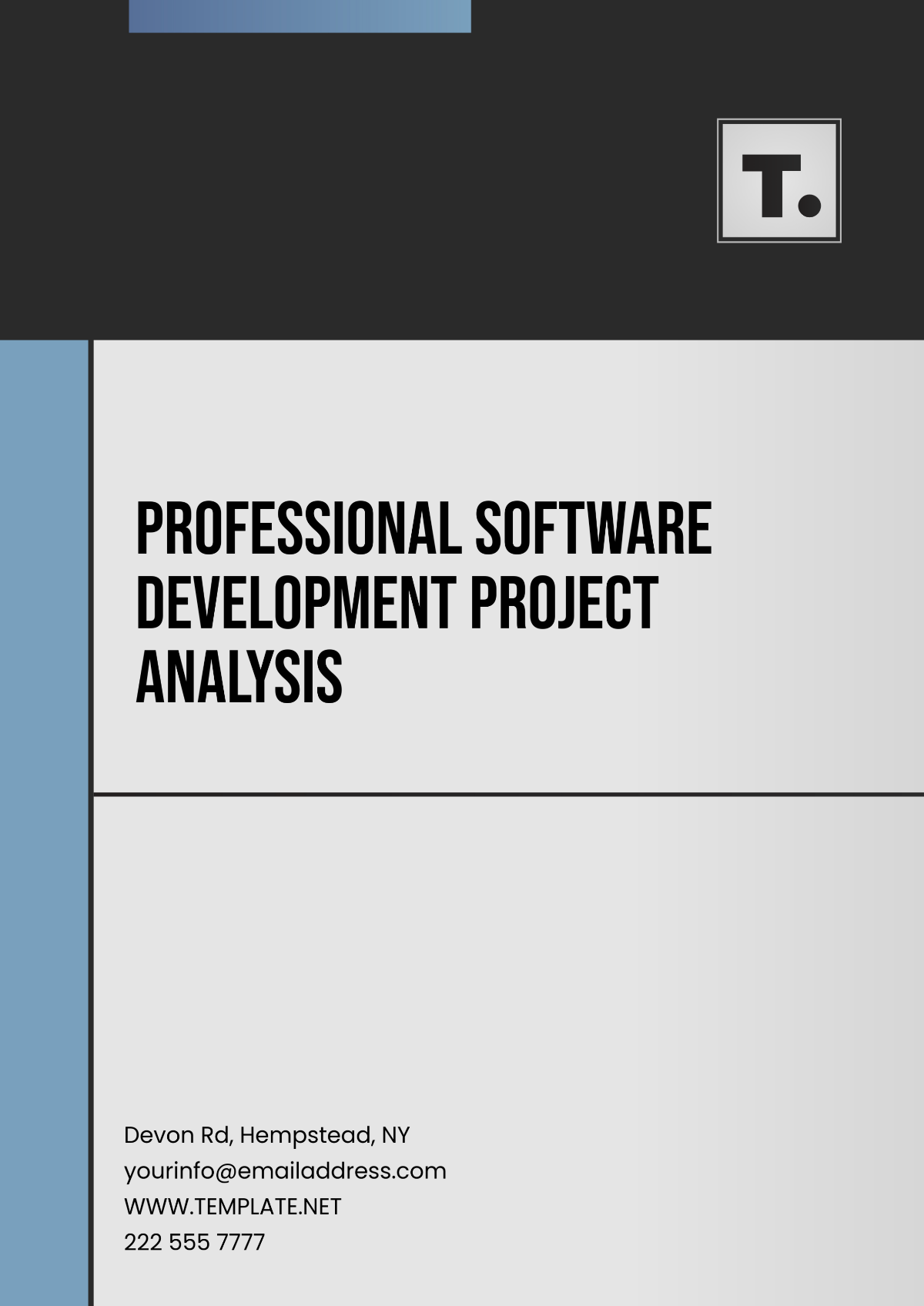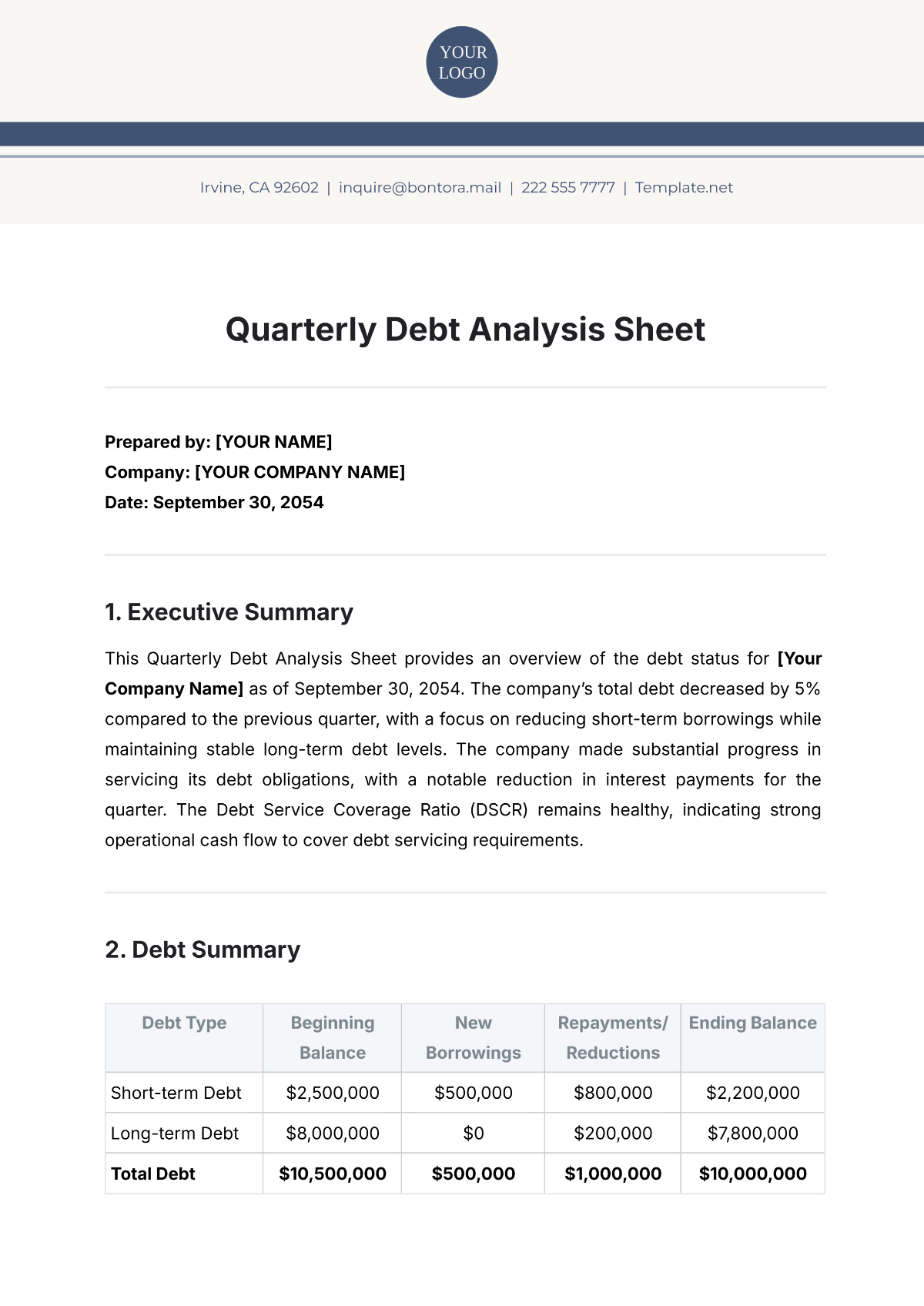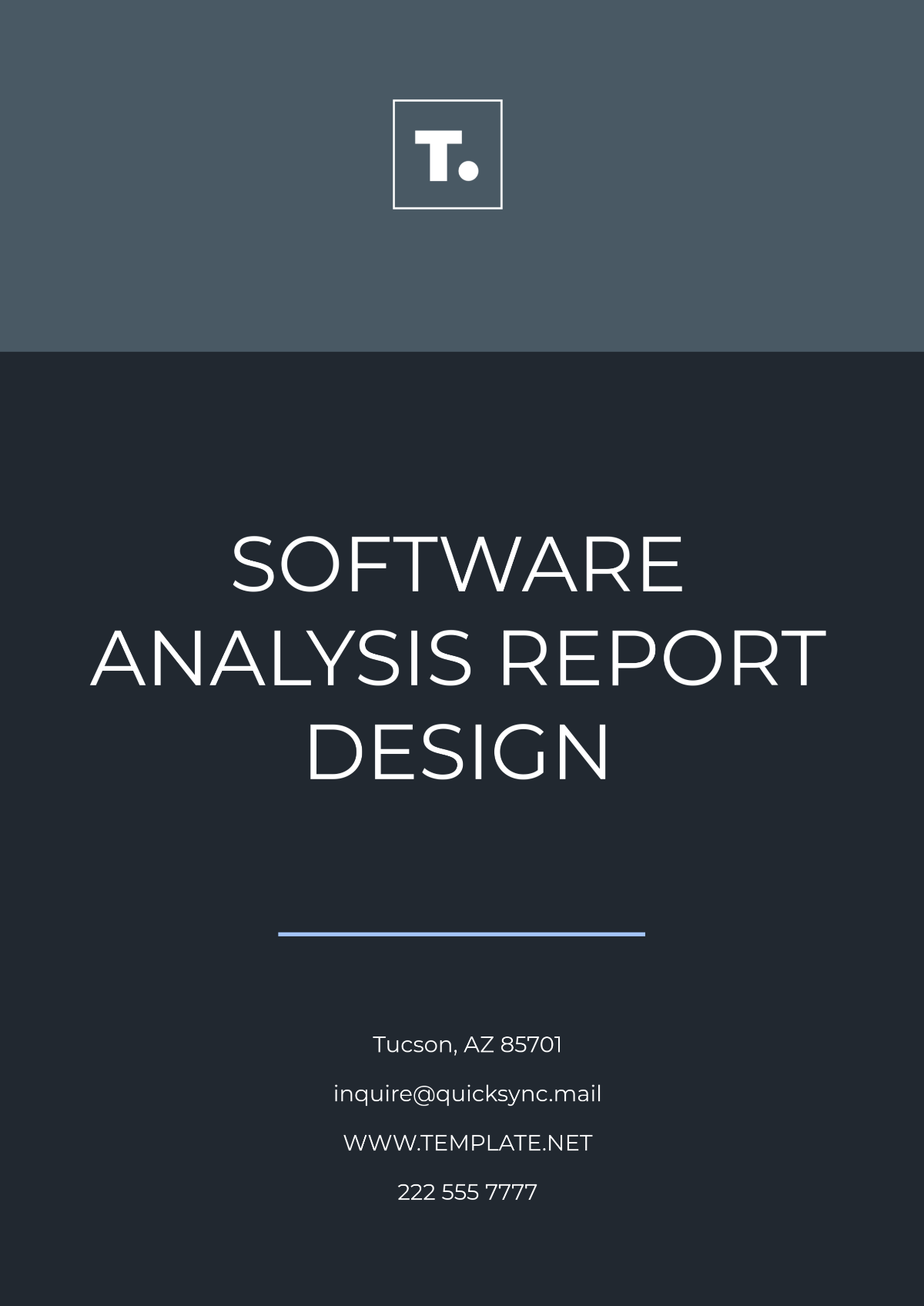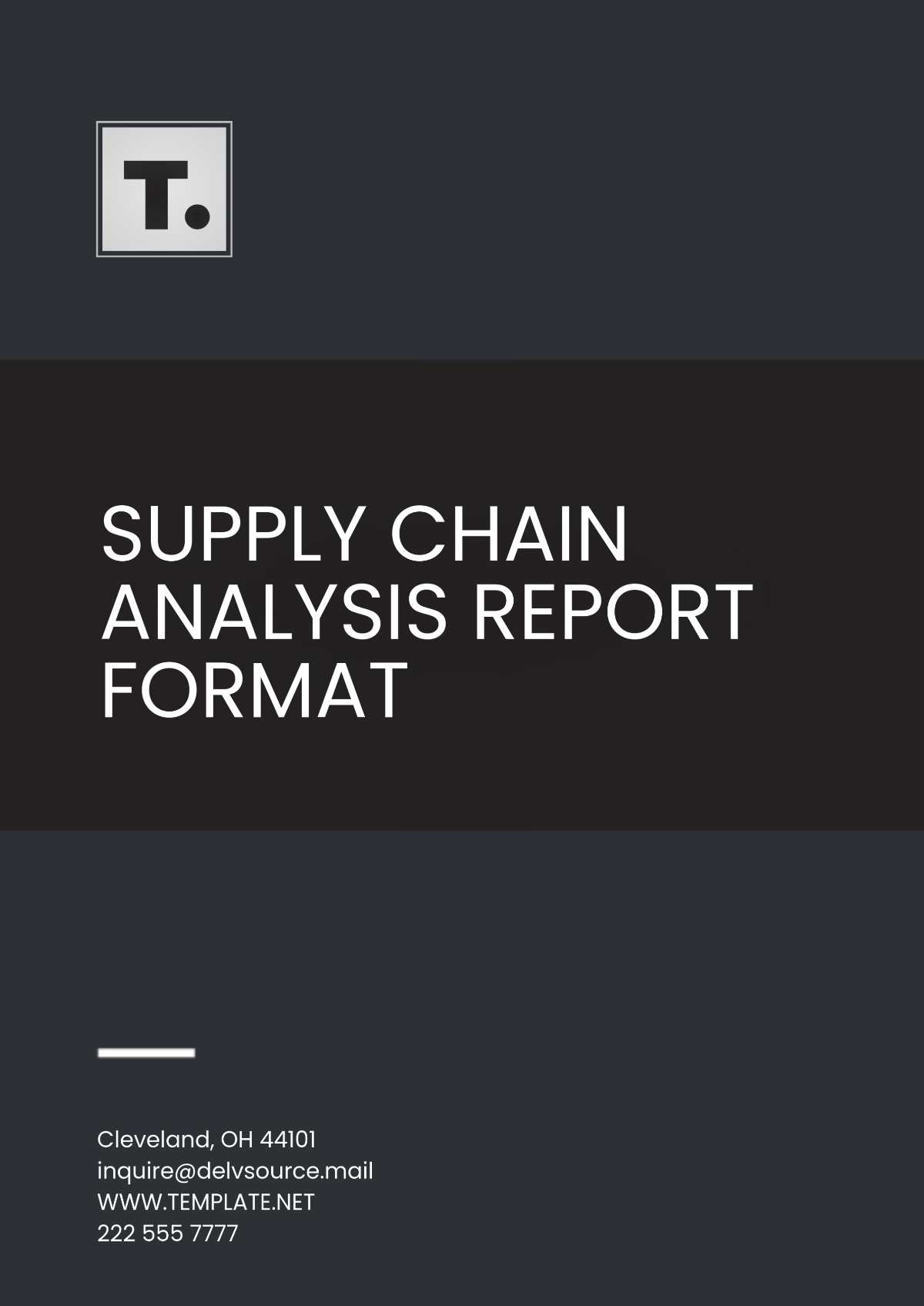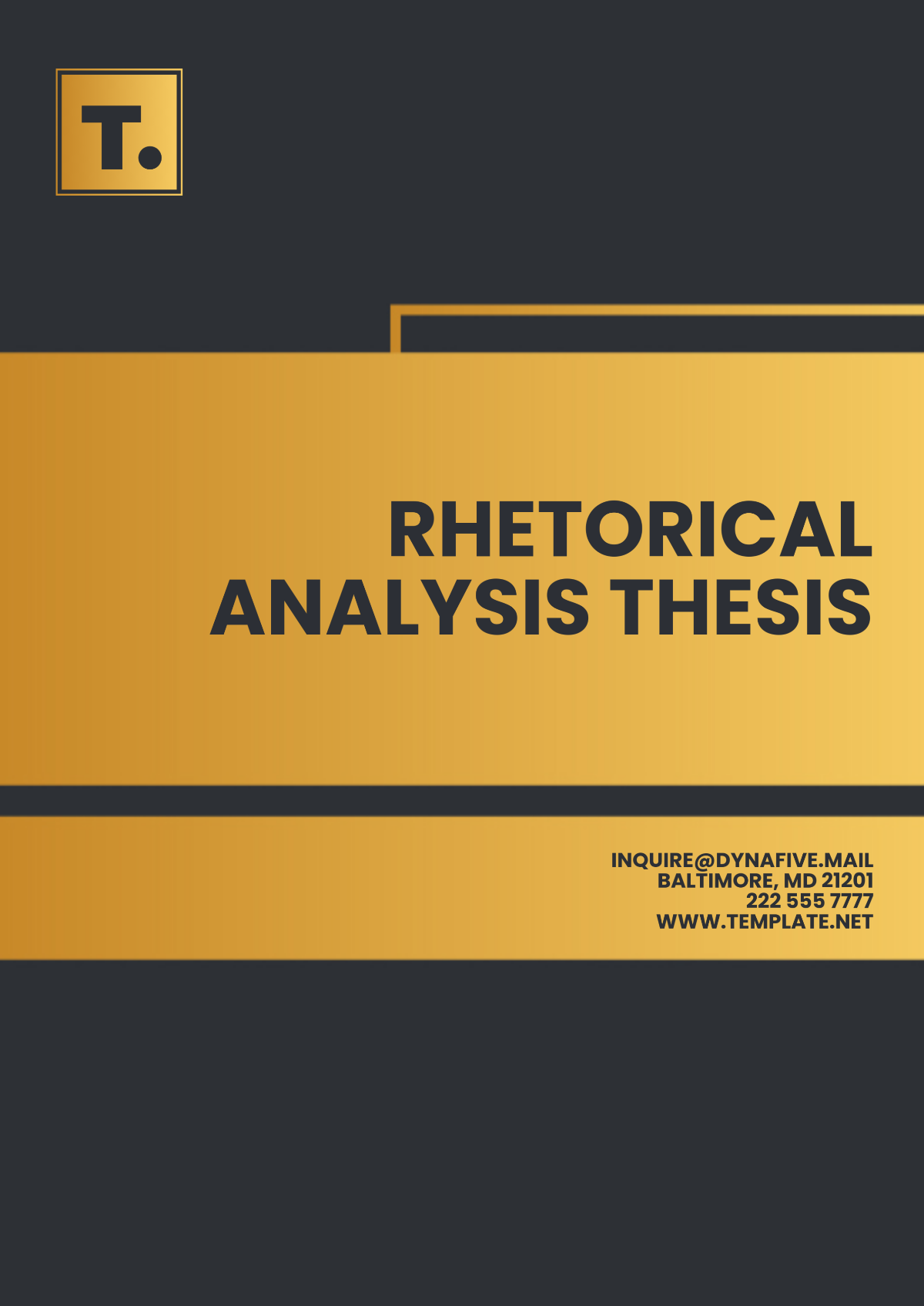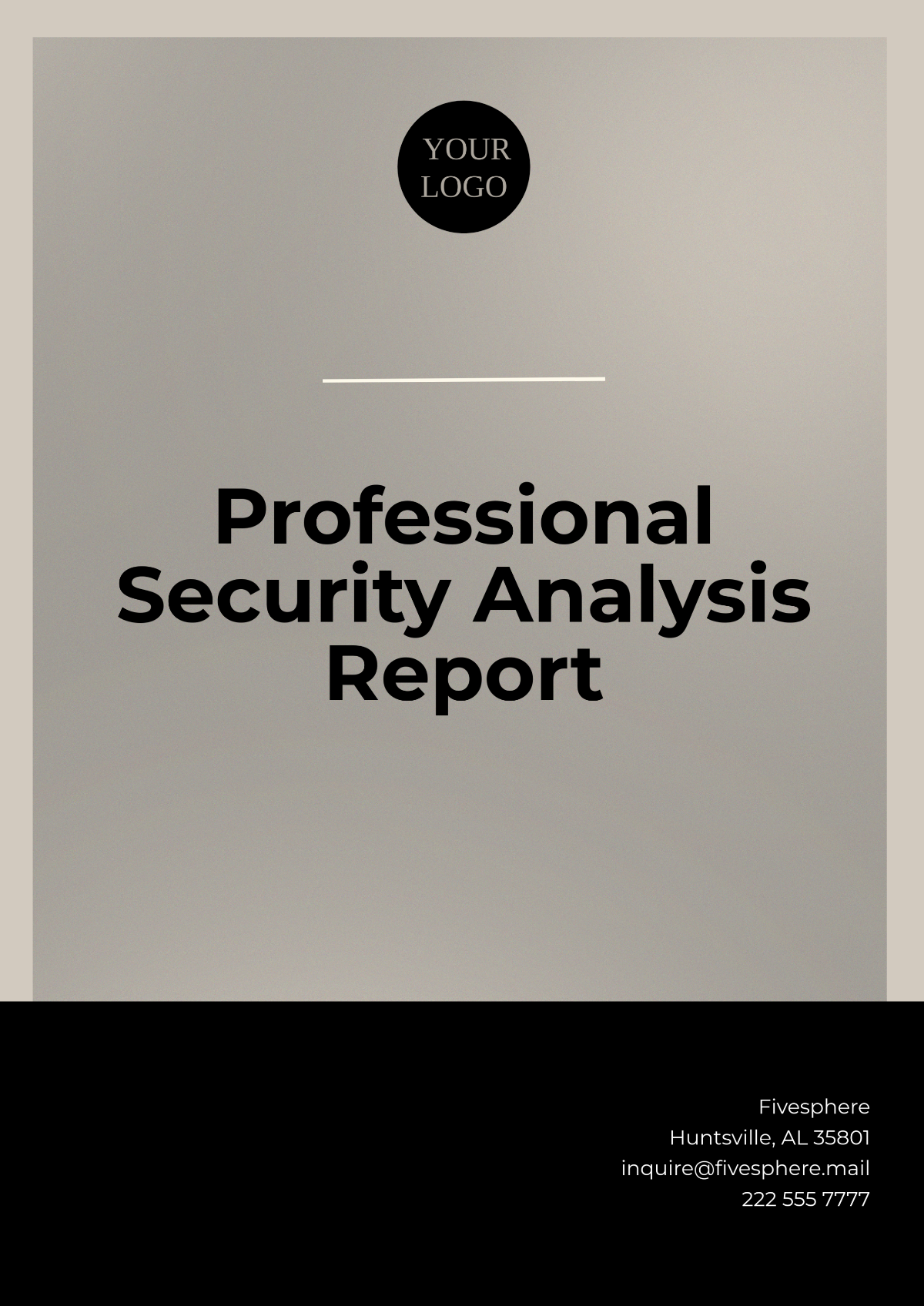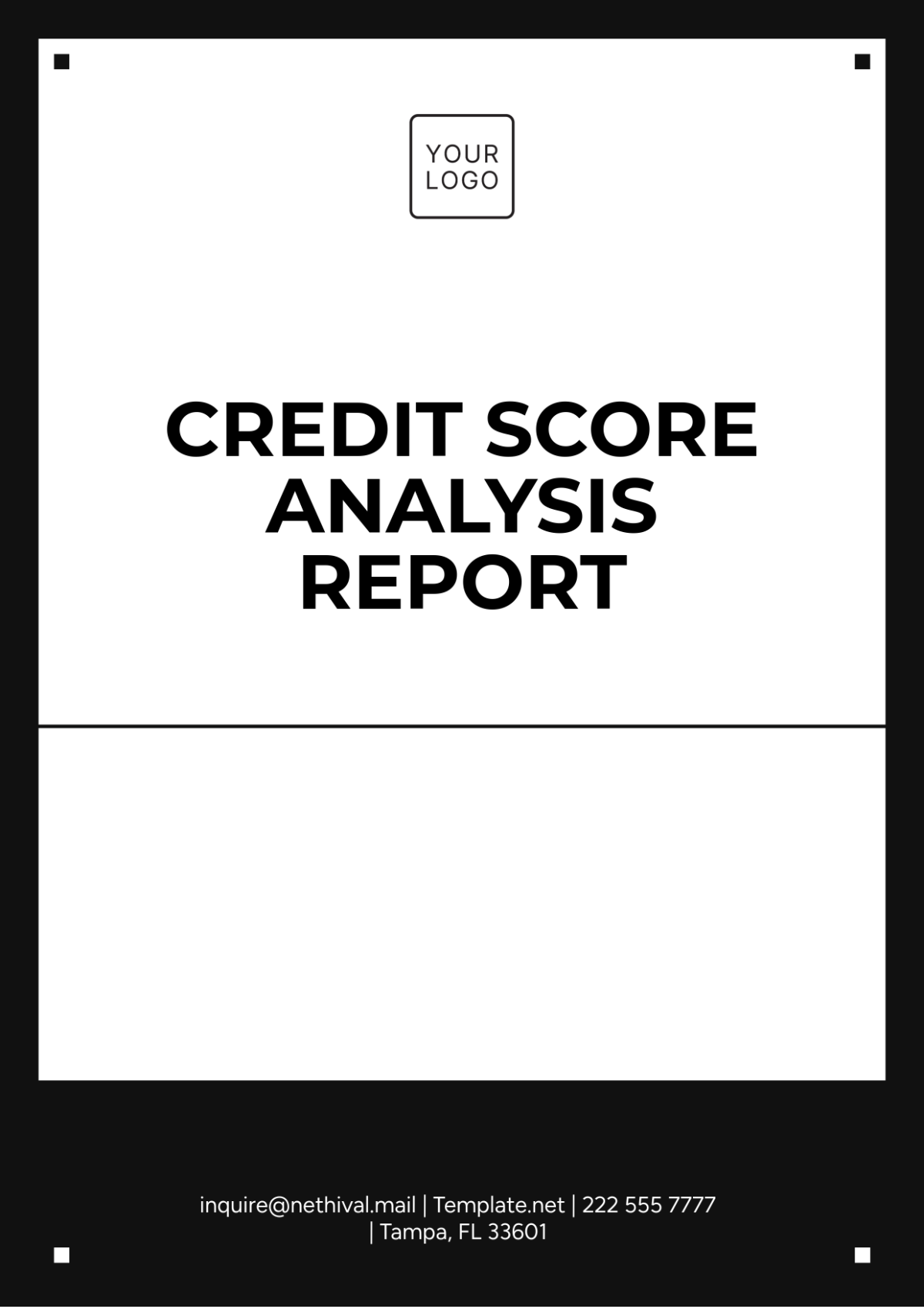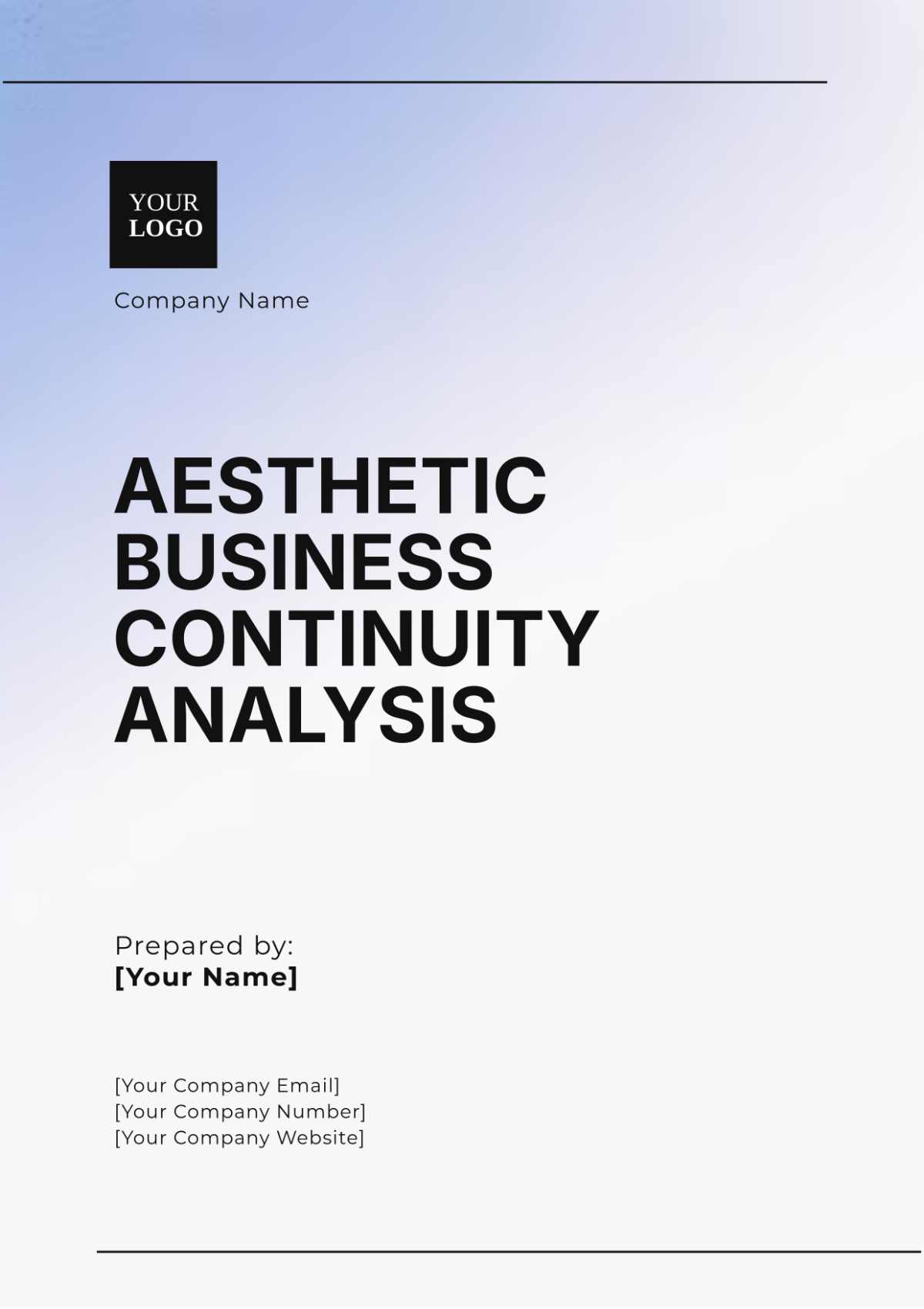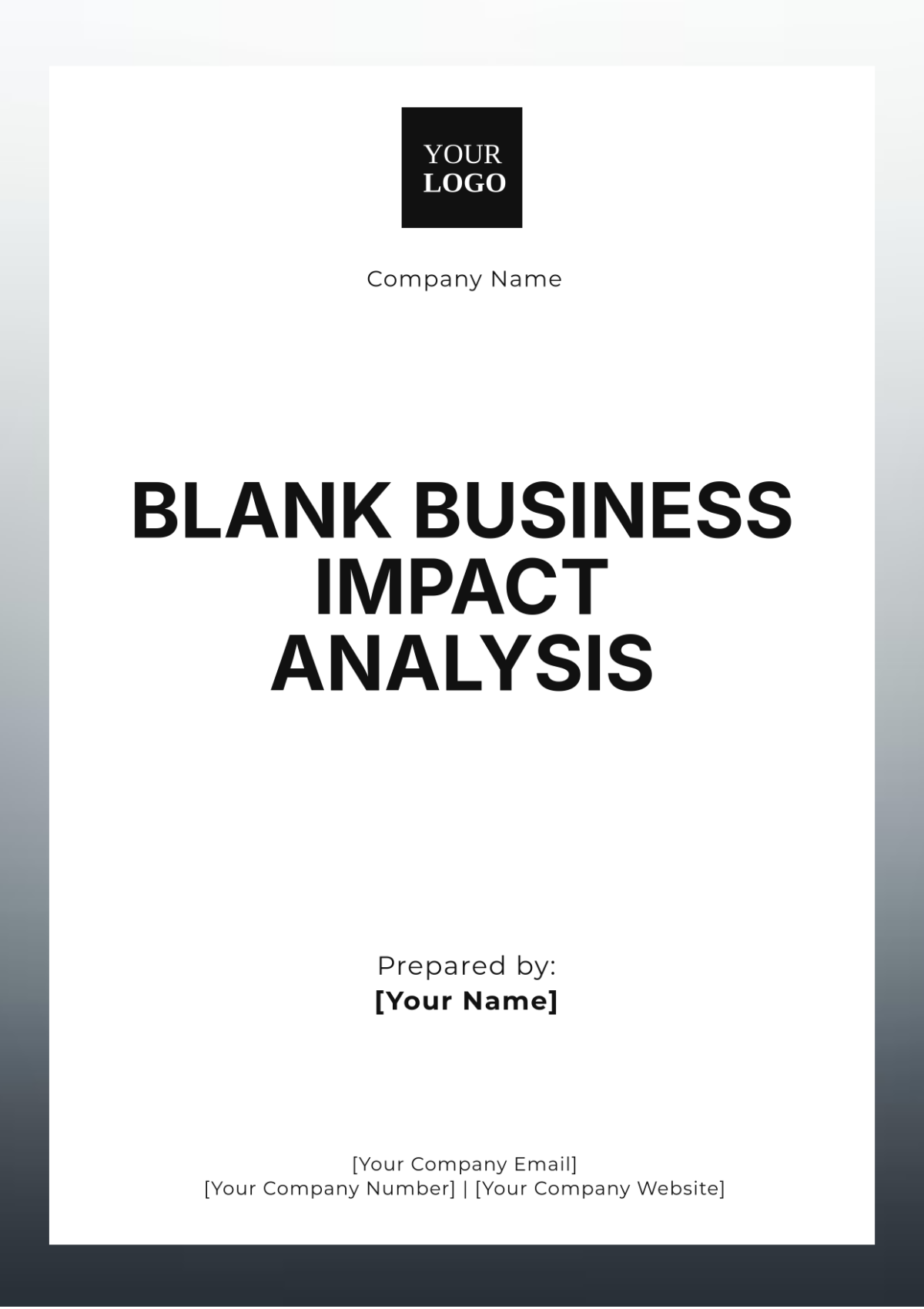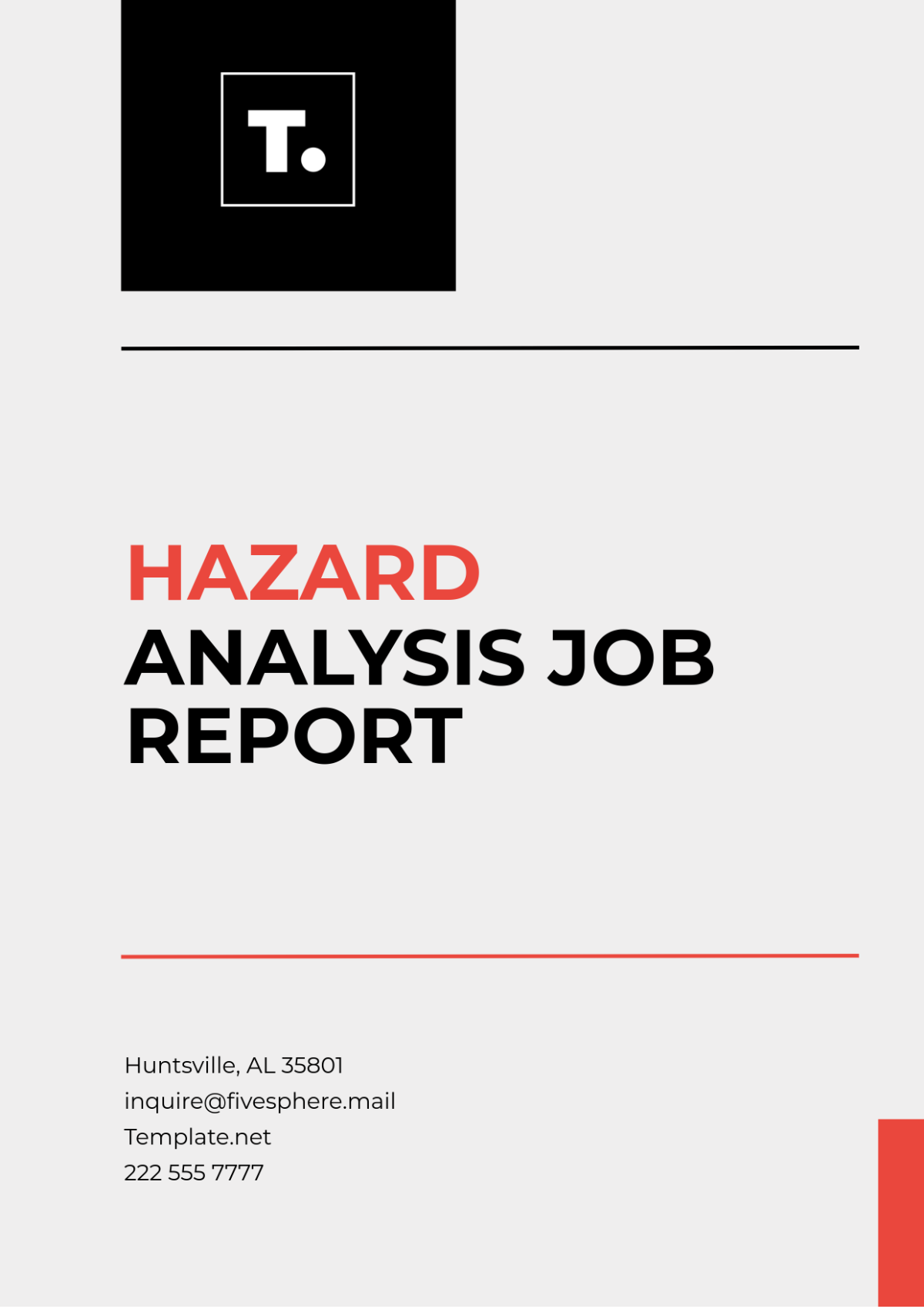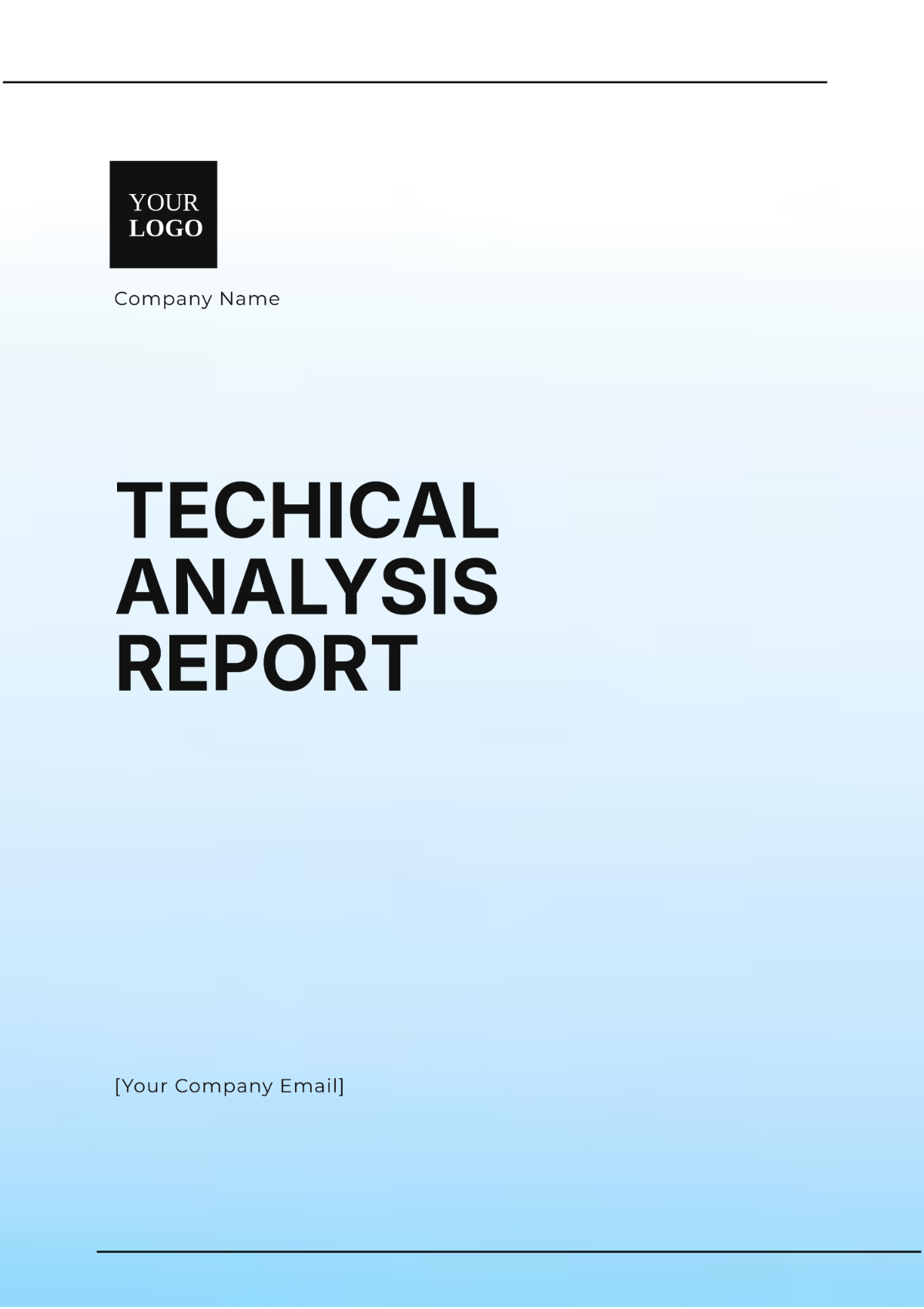Media Bias Analysis
Prepared By: [Your Name]
Date: [Date]
1. Introduction
Media bias can significantly shape how information is presented to the public, influencing opinions and perceptions. This Media Bias Analysis explores how various media outlets might exhibit biases in their reporting. By examining general media practices, language use, and tone, this analysis aims to reveal how media bias affects public understanding of news and events.
2. Methodology
2.1 Approach
The analysis focuses on comparing coverage of a common topic across different media outlets. Key aspects assessed include:
Choice of Words: Language and terminology used in reporting.
Tone: The overall attitude conveyed towards the topic.
Content Framing: The way information is presented and prioritized.
2.2 Criteria for Assessment
Source Credibility: Evaluating the reputation and reliability of the media outlet.
Content Consistency: Observing bias consistency across different articles or segments.
Balance and Fairness: Assessing the representation of multiple viewpoints.
3. Content Analysis
The following table provides a comparative analysis of how different media outlets present information, focusing on their choice of words, tone, and content framing:
Media Outlet | Choice of Words | Tone | Content Framing |
|---|---|---|---|
Outlet A | Uses strong, emotive language supporting conservative viewpoints; terms like "challenges" or "opportunities" related to conservative policies. | Favorable towards conservative achievements; critical of opposing viewpoints. | Emphasizes successes and benefits of conservative policies; may underrepresent or criticize opposing perspectives. |
Outlet B | Uses language that supports progressive ideals; descriptions like "reformative" or "controversial" related to policies or events. | Supportive of progressive initiatives; critical of conservative policies. | Focuses on potential benefits of progressive policies; provides less emphasis on conservative viewpoints. |
Outlet C | Employs neutral and factual language; avoids emotive or biased terminology. | Balanced and neutral; presents information without overt bias. | Provides a broad overview of events; includes multiple perspectives and international viewpoints. |
4. Bias Identification
The following table outlines the identified biases for each media outlet and their potential impact:
Media Outlet | Bias Type | Impact |
|---|---|---|
Outlet A | Conservative | Reinforces existing conservative views; influences perception of conservative policies. |
Outlet B | Liberal | Shapes opinions by promoting progressive viewpoints; critiques conservative policies. |
Outlet C | Neutral (International Perspective) | Offers a balanced view; may lack deep local context but provides a comprehensive overview. |
5. Comparison
The following table compares how each media outlet handles specific aspects of reporting, such as choice of words, tone, and content framing, highlighting their respective biases and approaches:
Aspect | Outlet A | Outlet B | Outlet C |
|---|---|---|---|
Choice of Words | Emotive and supportive of conservatism | Emotive and supportive of progressivism | Neutral and factual |
Tone | Favorable towards conservatism, critical of the opposition | Supportive of progressivism, critical of conservatism | Balanced and neutral |
Content Framing | Focus on conservative successes, minimal coverage of opposition | Focus on progressive outcomes, minimal coverage of conservative viewpoints | Comprehensive overview, multiple perspectives |
6. Conclusion
This Media Bias Analysis demonstrates how different types of media outlets present information with varying degrees of bias. By examining the choice of words, tone, and content framing, we gain insight into how each outlet’s perspective influences public understanding. Recognizing these biases helps media consumers critically evaluate news sources and develop a well-rounded view of events and issues.




